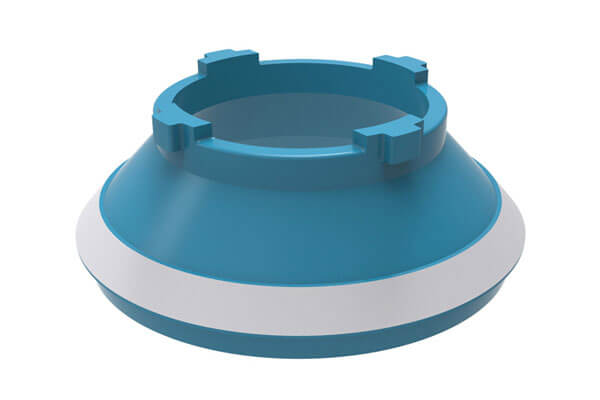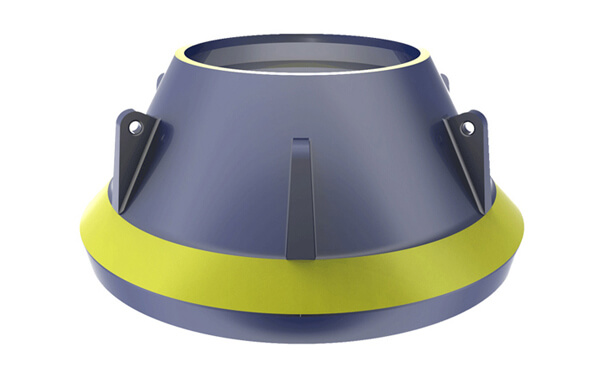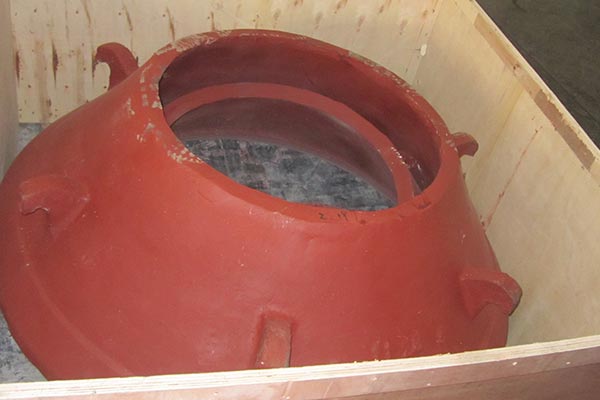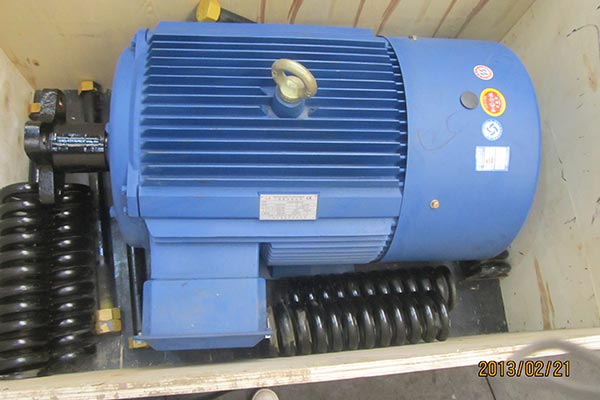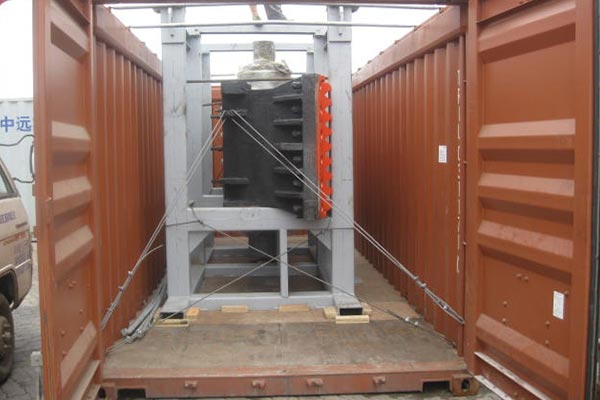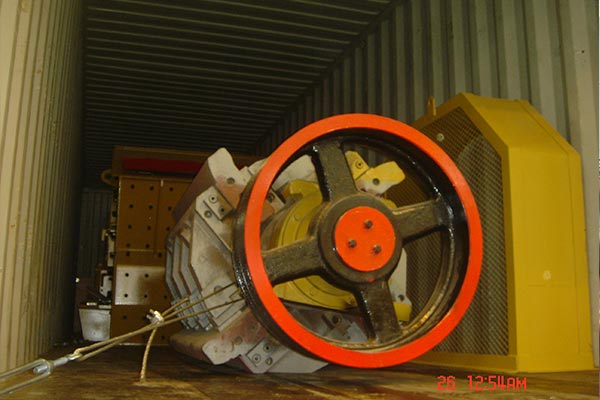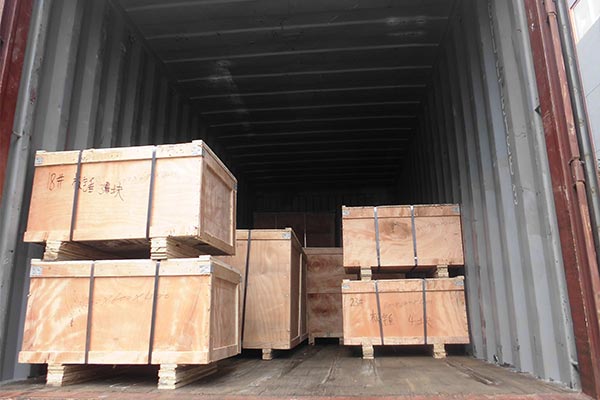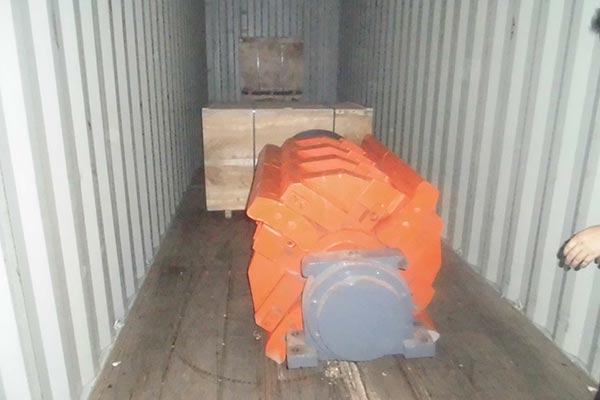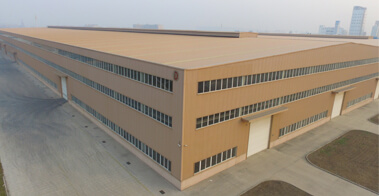On a cone crusher, the concave and mantle wall are the primary components that work together to crush materials. When a cone crusher is in operation, the movable cone follows a trajectory, and its distance to the fixed cone varies. Materials undergo multiple compressions and impacts between the movable cone and the fixed cone, resulting in crushing. Some of the crushed materials are discharged through the open side discharge port. In a cone crusher, the concave and mantle are the main components that directly interact with materials. After a period of use, wear is inevitable. Typically, the lifespan of these components varies due to different factors. During use, when the thickness of the concave and mantle in the cone crusher wears down to two-thirds or experiences cracking, or when the discharge port becomes too large to adjust, they need to be replaced.
Factors Affecting the Lifespan of the Concave and Mantle:
Material Powder Content and Material Moisture: High material powder content and moisture can cause materials to adhere to the concave and mantle. Over time, this not only reduces production efficiency but also corrodes these components, reducing their lifespan. For materials with high powder content, it's recommended to screen them before crushing to avoid excessive fine powder. For materials with high moisture, measures like natural drying or mechanical drying should be taken to reduce moisture content.
Material Hardness and Particle Size: The hardness of the materials being crushed affects the wear on the concave and mantle. Harder materials are more challenging to crush, leading to greater impact loads on these components and a shorter lifespan. Similarly, materials with larger particle sizes can lead to more severe wear on the liners.
Feed Method: The method of feeding materials into the cone crusher can impact the lifespan of the concave and mantle. Improper installation of the feeding device or overloading the crusher with materials can lead to uneven feeding, material blockages, and increased stress on one side of the liners, resulting in shorter lifespans.
Quality of the Concave and Mantle: The quality of these components is a critical factor. High-quality wear-resistant parts are designed to have a hardened, wear-resistant surface while maintaining their inner metal's toughness. Choosing materials that can rapidly harden on the surface under impact loads while retaining internal resilience can extend the lifespan of the concave and mantle.
Replacing the Concave and Mantle:
When replacing the concave and mantle in a cone crusher, it's necessary to inspect the fixed cone, adjustment ring, locking threads, balance weights, and balance weight protection plate for wear. If significant wear is observed, these components should be replaced as well. Installing the liners and checking whether the liner's center is aligned correctly is essential to avoid excessive wear due to misalignment.
The concave can be removed on-site. To do this, the main shaft assembly is lifted and placed on a sturdy support platform, taking care not to damage the movable cone and the spherical surface. All oil holes should be covered with cloth to prevent dust and impurities from entering. The distribution disc, locking nut, lock washer, and easily melting fuse should be removed in sequence. For easy removal and installation, two lifting lugs can be welded on opposite sides of the old liner and new liner. After installation, the tightness should be checked after 6-8 hours of operation.
In the case of the mantle, it can be replaced on-site too. First, unscrew the adjusting sleeve (in a counterclockwise direction) and remove the upper hopper assembly. Lift the adjusting sleeve with lifting equipment, remove the adjusting sleeve support plate bolts, and then take down the mantle for replacement. When installing the new mantle, ensure the outer surface is cleaned, and apply grease to the threaded surface. Install it in the reverse order of disassembly, and cut off the two lifting lugs after completion.
The concave and mantle are vital components in a cone crusher. During the operation of the cone crusher, it's crucial to ensure that the materials fed into the equipment meet the crushing requirements. Hard materials, excessive moisture, or foreign objects should be prevented from entering the crushing chamber, as they can lead to liner detachment and equipment downtime. Moreover, even feeding and ensuring materials are centrally placed on the distribution disc are essential to maximize the lifespan of the concave and mantle.


